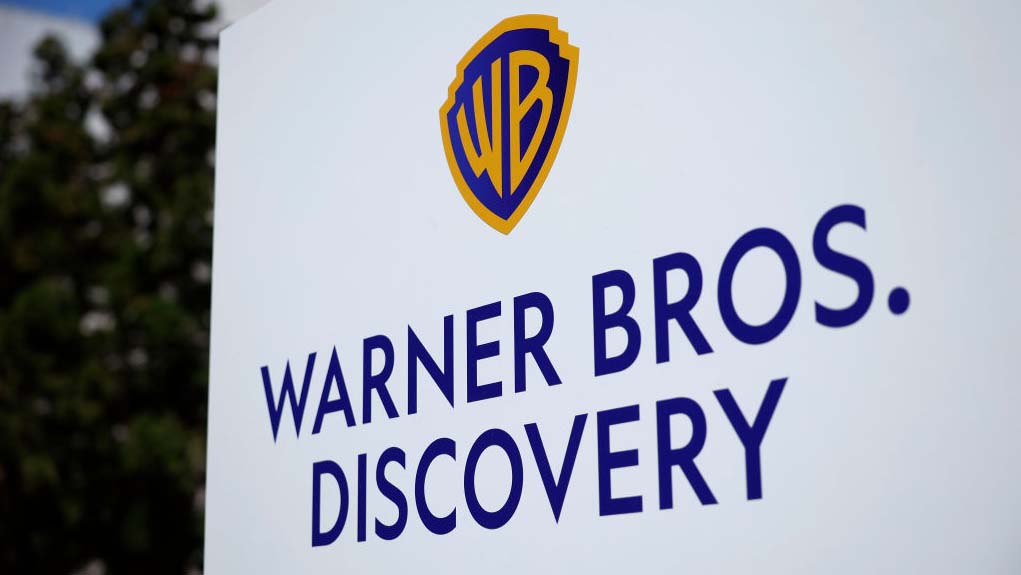Triveni Digital deploys mobile DTV with Cox Media Group
Broadcast Engineering’s “Mobile TV Update” recently spoke with Triveni Digital’s Ralph Bachofen, vice president of sales and marketing, about his company’s deployment in the mobile TV space as well as his predictions for mobile TV going forward.
Debra Kaufman: What is the status of Triveni Digital’s installations in the mobile TV space?
Ralph Bachofen: The main deployment we can talk about is the Cox Media Group. They currently have the Guide Builder PC generator, and we’re deploying the mobile ESG as a software upgrade to those units.
At the end of March, the Cox Group announced they were taking the first five stations online as part of its mobile DTV rollout plan. Our GuideBuilder mobile systems generate both accurate PSIP EPG and mobile ESG data for fixed and mobile DTV services from a single platform.
The company has started off by rolling out the GuideBuilder at the stations with the largest DMA, and it’s an ongoing rollout to the rest of their stations throughout 2011 and into 2012.
What feedback have you gotten from their real-world deployment?
So far, it’s been good feedback. The broadcasters have to invest a lot of money in broadcast infrastructure, and now they add mobile software and hardware on top of that. Triveni Digital has always been about helping them utilize what they already have in the most efficient way. It’s “green,” it saves money and it’s the most efficient from a workflow perspective. If broadcasters can utilize their existing workflow in a new technology environment, it reduces their learning curve tremendously.
The professional video industry's #1 source for news, trends and product and tech information. Sign up below.
For example, at NAB, we announced our GuideBuilder PSIP generator, a metadata management platform supporting both terrestrial and mobile DTV metadata management and generation capabilities using existing infrastructure. It is a software upgrade to enable broadcasters to enter the mobile world. What’s especially appealing is that you don’t have to use a new user-interface; it’s an add-on.
What is missing from the mobile TV equation to make it successful?
The main struggle actually that most people have is getting access to mobile devices. It’s hard to buy a phone that receives the mobile DTV signal; that’s the biggest challenge these days. And, I’m hopeful that we’ll see more mobile DTV receivers. I know that’s on my Christmas list for this year.
The broadcasters have a lot of challenges — not negative but, rather, interesting. They’re looking at putting mobile DTV not just on cell phone devices, but on other devices, from iPads to IPTV-enabled TVs. There are so many new platforms and new business opportunities, and we’re looking at how to help our customer base and how we can help them best utilize the existing over-the-air infrastructure.
What are your predictions for the future of mobile DTV in 2011?
We’re heavily looking into where we go next. Our CTO, Rich Chernock, is involved in a lot of discussions about non-real-time applications, business applications. I think we’re going to see some interesting new concepts. We’re talking to some customers who want to use the mobile DTV signal for emergency alerts to police cars and EMS, where they can transmit information to a car in motion. We’ll see a lot of commercial applications, such as taxi cabs. If I enter a taxi in New York City and I want to know what’s on Broadway, I’ll want to see some high-quality video. The problem is that if it’s high quality, it’s high bandwidth. And if it’s high bandwidth, that only works for two or three taxi cabs with Ethernet. With many, many taxis, that will overload the Ethernet network. That’s where the broadcast mobile DTV signal comes in; broadcast is perfect for that kind of application.
